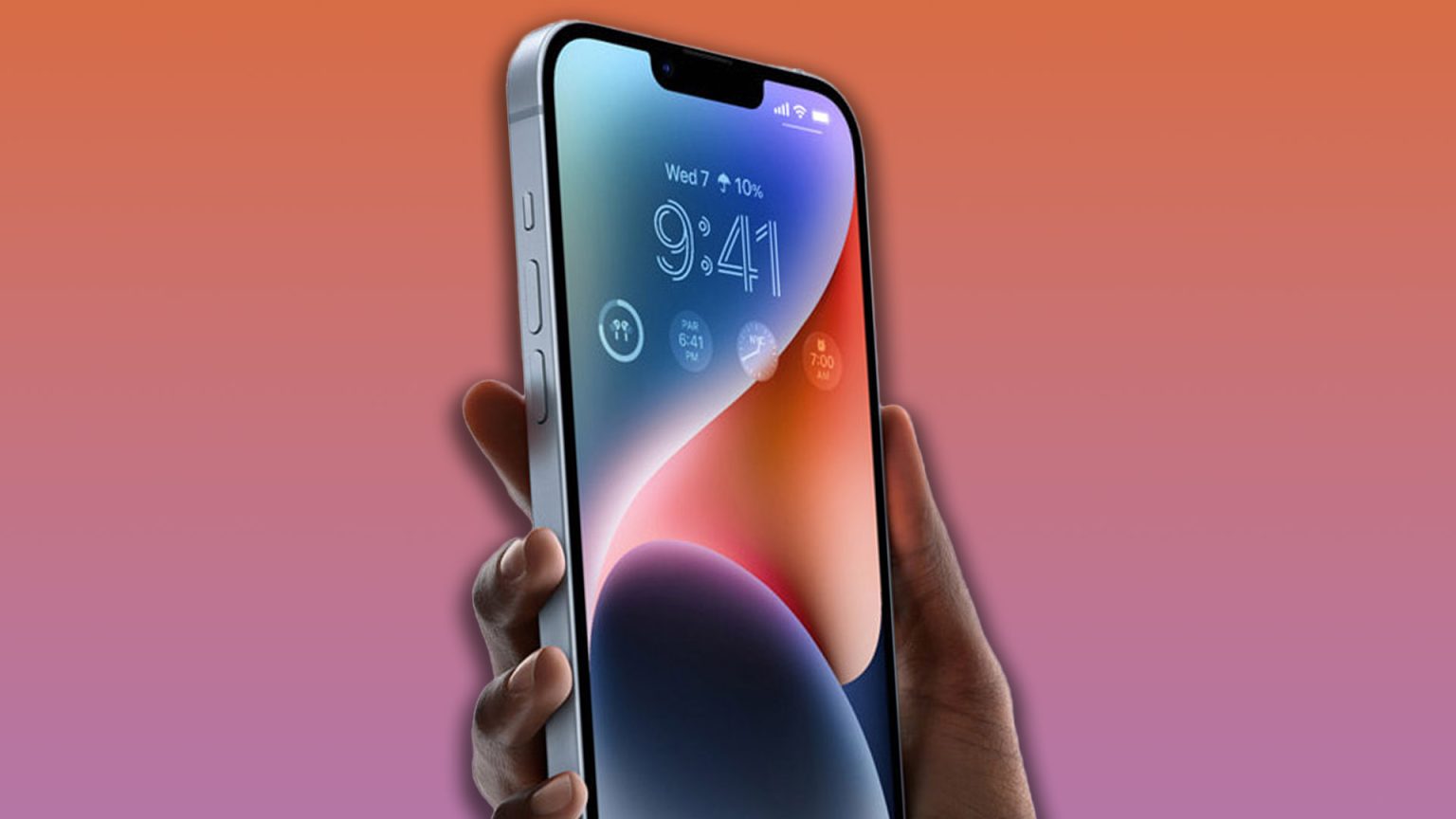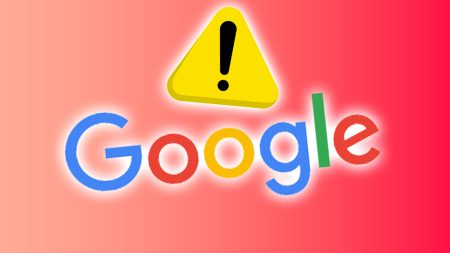Your iPhone offers a suite of emergency features designed to enhance your safety and security, beyond the standard emergency call functionality. One such feature is “Call Quietly,” a discreet way to contact emergency services without triggering the usual loud alarms and flashing lights associated with the Emergency SOS feature. This is particularly useful in situations where drawing attention to yourself could be detrimental. To enable Call Quietly, navigate to Settings > Emergency SOS and toggle the option on. Remember, this feature works in conjunction with either the “Call with Hold and Release” or “Call with 5 Button Presses” options, so ensure at least one of these is activated within the same Emergency SOS settings menu. This functionality was introduced with iOS 16.3 and is likely already available on your device, given the current iOS versions. To verify your iOS version, go to Settings > General > Software Update.
Beyond discreet emergency calling, your iPhone boasts other vital safety features. One key tool is Safety Check, located within Settings > Privacy & Security. Safety Check provides a comprehensive overview of who has access to your iPhone’s data, including location, photos, and other shared information. This is crucial for managing privacy and revoking access where necessary, particularly if you suspect unauthorized sharing. While Safety Check provides a convenient way to manage most sharing settings, it’s important to note certain information, such as non-Apple account passwords, social media sharing configurations, and devices logged in with different iCloud accounts, fall outside its purview.
Integrated within Safety Check is the powerful “Emergency Reset” function. This feature offers a swift method to immediately cease all data sharing with connected individuals and apps. Emergency Reset not only reviews your emergency contacts but also displays and allows removal of devices linked to your Apple Account, examines phone numbers used for identity verification, and enables Apple Account password changes. This is a powerful tool for quickly securing your information in situations where personal safety is at risk, though be aware that others may notice the sudden cessation of sharing.
Another crucial security feature is Lockdown Mode, designed to provide “extreme protection” against sophisticated cyberattacks, specifically those originating from state-sponsored spyware. This feature significantly restricts device functionality to minimize potential vulnerabilities. While highly effective, Lockdown Mode is not intended for everyday use and should only be activated in situations where you suspect you are being targeted by a highly sophisticated cyberattack. Its restrictive nature significantly impacts the user experience, blocking most message attachments, rejecting FaceTime calls from unknown contacts, and stripping location data from shared photos.
Activating Lockdown Mode is straightforward: navigate to Settings > Privacy & Security > Lockdown Mode and follow the on-screen prompts. However, given its impact on functionality, it’s recommended to use this feature only as a last resort when facing credible threats. The average user is unlikely to encounter such targeted attacks, making regular use of Lockdown Mode unnecessary and detrimental to the overall iPhone experience.
Finally, revisiting the “Call Quietly” function, it’s important to emphasize its subtle nature. Unlike the standard Emergency SOS, which activates a loud alarm and flashing lights to attract attention, Call Quietly allows for discreet communication with emergency services. This can be invaluable in situations where drawing attention to yourself could escalate danger. Ensure this feature is enabled in your Emergency SOS settings (Settings > Emergency SOS) by toggling the “Call Quietly” option. Remember to also activate either the “Call with Hold and Release” or “Call with 5 Button Presses” option for Call Quietly to function correctly. Familiarizing yourself with these settings beforehand ensures you can quickly and discreetly contact emergency services when needed.











